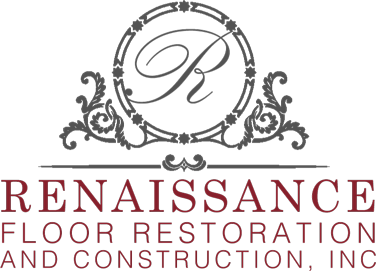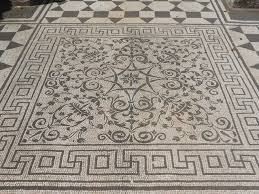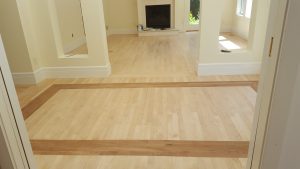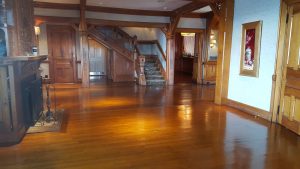As soon as our ancient ancestors moved indoors, the quest for good flooring options began! Let’s take a peek at the options of ancient times.
The Original Floors
Leveled and cleared, the ground was often left as the floor in structures. Sometimes, straw or hay would be put down for warmth or an animal skin could offer some softness.
The unpleasant fact is that the interiors of these ancient homes were often shared with livestock…and they weren’t very good about cleaning up the animal waste. The refuse would be walked on and pressed down into the dirt floor and this coating would harden and often become as hard as concrete! Some ancient European floors had mint mixed in to help mask the smell of the refuse and animal waste.
Early Flooring In North America
Native peoples in North America used sand to cover the ground and this material would act like a cat’s litter box to collect refuse and trash. When it was dirty, the sand was swept out and new sand brought in! Sunflower or peanut shells were also another option for floor covering with much the same method for discarding as with sand.
Flooring In Ancient India
In India, sand was also used, but the ancients colored the sand and created intricate patterns and designs (a practice known as rangoli which is still practiced today!) This, we are sure, was inspiration for rug patterns!
Egypt and Natural Stone Flooring
The building of palaces and monuments using large bricks of stone and rock cut from mountains started in Egypt over 5000 years ago. The pyramids at Giza have instances of natural stone flooring, proving the long-term resilience of these surface coverings.
The Greeks designed and installed mosaic floors made of pebbles and small stones set in mortar 3000 years ago and then began to use colorful, flat stone pieces. The Greeks also used marble (which we here at Renaissance Floor Restoration also work with!) and other royal families in ancient times built their palaces with marble.
The Romans Elevate Stone Floors to An Art Form
The Romans elevated the art of natural stone flooring to a new height. The Romans were architectural masters and designed intricate stone floors that not only looked great, but that could be warmed using radiant heating. Unfortunately, after the fall of Rome, this art form died out in Western Europe.
Next Up in October, we will explore our modern flooring options and how Renaissance Floor Restoration is best equipped to care for them.






